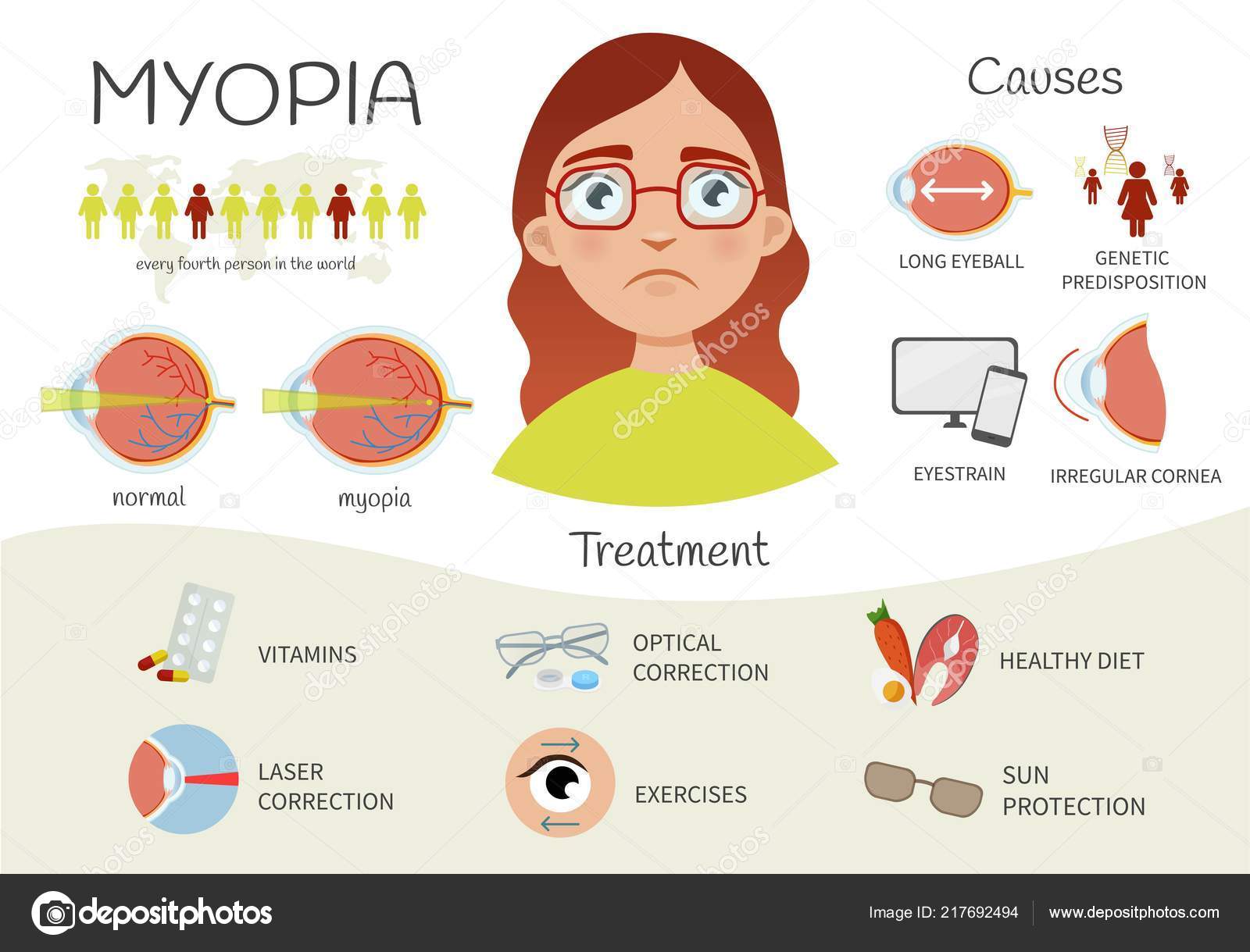How Does SMILE Eye Surgical Procedure Compare To LASIK And PRK?
How Does SMILE Eye Surgical Procedure Compare To LASIK And PRK?
Blog Article
Material Author-Weber Vincent
If you have actually been considering SMILE eye surgery, you may ask yourself how it compares to LASIK and PRK. Each treatment has its own set of advantages and factors to consider. From quicker healing times to potential risks, there are key distinctions you must be aware of before making a decision. Understanding these differences will assist you make an educated selection that aligns with your certain requirements and assumptions. Curious to understand more regarding how these procedures compare carefully? Go on checking out to get a thorough understanding of SMILE, LASIK, and PRK.
SMILE Eye Surgery Summary
If you're taking into consideration SMILE eye surgical treatment, you'll discover it to be a minimally intrusive treatment with a fast healing time. Throughout SMILE (Tiny Incision Lenticule Removal), a laser is utilized to develop a small, accurate laceration in the cornea to get rid of a small item of cells, reshaping it to correct your vision. This varies from LASIK, where a flap is created, and PRK, where the external layer of the cornea is completely eliminated.
Among the essential benefits of SMILE is its minimally intrusive nature, leading to a faster healing procedure and much less pain post-surgery. The recuperation time for SMILE is fairly quick, with lots of people experiencing improved vision within a day or more. This makes it a prominent selection for those seeking a hassle-free and effective vision modification procedure. In do they put you out for cataract surgery , SMILE has been revealed to have a lower risk of completely dry eye syndrome compared to LASIK, making it a positive option for individuals concerned about this potential adverse effects.
Differences In Between SMILE, LASIK, and PRK
When comparing SMILE, LASIK, and PRK eye surgical procedures, it is necessary to comprehend the distinct methods made use of in each procedure for vision improvement.
SMILE (Small Incision Lenticule Removal) is a minimally intrusive procedure that includes creating a small laceration to draw out a lenticule from the cornea, reshaping it to remedy vision.
LASIK (Laser-Assisted Sitting Keratomileusis) entails developing a slim flap on the cornea, using a laser to reshape the underlying cells, and afterwards rearranging the flap.
PRK (Photorefractive Keratectomy) gets rid of the external layer of the cornea before improving the cells with a laser.
The primary distinction depends on the method the cornea is accessed and dealt with. SMILE is flapless, making it a great alternative for people with slim corneas or those associated with get in touch with sporting activities. LASIK provides quick visual healing as a result of the flap creation, yet it might position a higher danger of flap-related difficulties. PRK, although having you can try these out healing duration, prevents flap-related problems altogether.
Recognizing these variances is essential in picking the most suitable treatment for your vision modification requirements.
Pros and Cons Contrast
To examine the advantages and downsides of SMILE, LASIK, and PRK eye surgeries, it's essential to think about the particular advantages and prospective constraints of each procedure. SMILE surgical procedure provides the benefit of a minimally invasive procedure, with a smaller incision and potentially quicker recovery time contrasted to LASIK and PRK. https://louismykxh.blazingblog.com/35491776/disproving-5-popular-misconceptions-regarding-cataract-surgery lowers the risk of completely dry eye post-surgery, an usual side effect of LASIK. However, SMILE might have limitations in dealing with higher levels of nearsightedness or astigmatism contrasted to LASIK.
LASIK surgical treatment provides fast visual recovery and marginal pain throughout the treatment. It's very efficient in treating a wide range of refractive mistakes, consisting of myopia, hyperopia, and astigmatism. Yet, LASIK carries a threat of flap problems, which can impact the corneal structure.
PRK eye surgery, while not as preferred as LASIK, avoids developing a corneal flap, reducing the risk of flap-related complications. It appropriates for people with thin corneas or uneven corneal surfaces. Nonetheless, PRK has a longer recovery time and may involve extra pain during the recovery procedure.
Conclusion
So, when it comes to selecting between SMILE, LASIK, and PRK, consider it like selecting the best pair of footwear. SMILE is like a streamlined, comfortable pair of tennis shoes - quick and easy.
LASIK is a lot more like trendy high heels - showy and quick, but with some potential threats.
PRK is like tough hiking boots - reputable and resilient, yet needing a bit more time and effort.
Inevitably, the best choice depends on your specific demands and choices.
